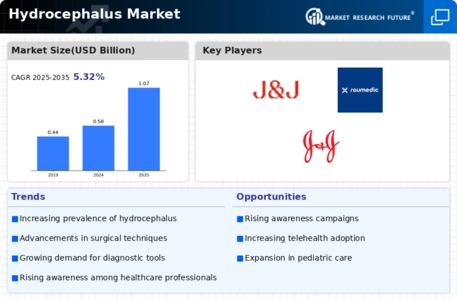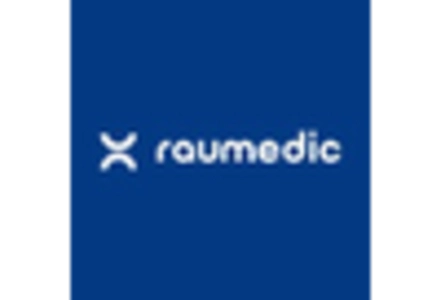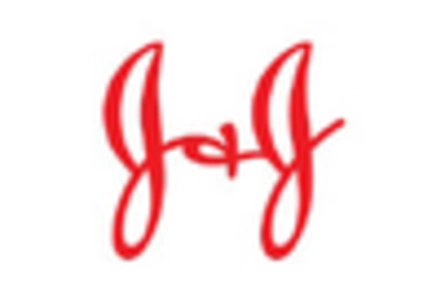Market Share
Hydrocephalus Market Share Analysis
The market share positioning strategies within the Hydrocephalus market play a pivotal role in shaping the landscape of medical treatment and innovation for patients suffering from this condition. Hydrocephalus, characterized by an abnormal accumulation of cerebrospinal fluid within the brain, presents challenges and opportunities for medical companies striving to make a difference in patients' lives. In this competitive landscape, companies often employ various strategies to establish and enhance their market share.
Firstly, companies focus on product innovation and differentiation to capture a significant portion of the Hydrocephalus market. By developing novel treatment options such as shunts, endoscopic third ventriculostomy (ETV), or minimally invasive surgical techniques, companies can attract healthcare providers and patients seeking advanced solutions. Differentiated products not only address unmet medical needs but also position companies as leaders in Hydrocephalus treatment, thus garnering a larger market share.
Moreover, strategic partnerships and collaborations enable companies to expand their market reach and penetration. Collaborating with healthcare facilities, research institutions, and advocacy groups allows companies to leverage expertise, resources, and networks to promote their products and services effectively. These partnerships not only facilitate product development and clinical trials but also enhance market visibility and credibility, ultimately leading to increased market share.
Furthermore, effective marketing and promotional campaigns are essential for positioning within the Hydrocephalus market. Companies employ targeted marketing strategies to raise awareness about their products among healthcare professionals, patients, and caregivers. Educational initiatives, participation in medical conferences, and digital marketing campaigns help companies reach their target audience and convey the value proposition of their offerings. By highlighting the benefits, safety, and efficacy of their products, companies can influence prescribing decisions and gain market share in the competitive Hydrocephalus landscape.
In addition, pricing strategies play a critical role in market share positioning within the Hydrocephalus market. Companies must strike a balance between pricing their products competitively to attract customers while ensuring profitability and sustainability. Flexible pricing models, reimbursement strategies, and patient assistance programs can make treatments more accessible and affordable, thereby increasing market adoption and share.
Furthermore, market expansion and globalization are key considerations for companies seeking to strengthen their position in the Hydrocephalus market. Expanding into new geographic regions and emerging markets allows companies to tap into underserved patient populations and capitalize on growing healthcare infrastructure. Tailoring products and services to meet local regulatory requirements and cultural preferences enables companies to gain a foothold in diverse markets and diversify their revenue streams, ultimately enhancing market share and competitiveness.
Lastly, continuous research and development efforts are imperative for maintaining a competitive edge in the Hydrocephalus market. Companies must invest in innovation, technology, and clinical research to address evolving patient needs, improve treatment outcomes, and differentiate their offerings from competitors. By staying abreast of scientific advancements and market trends, companies can anticipate changes in the Hydrocephalus landscape and position themselves as leaders in the field, thereby securing and expanding their market share over time.






Leave a Comment